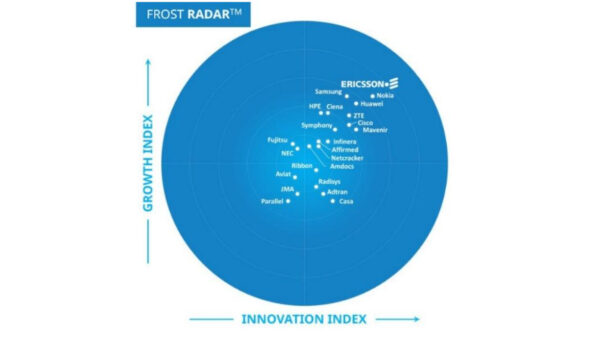Quality-led transformation, market-led adaptation and offering-led transformation are the three common strategies that the world’s fastest-growing telecommunications companies are adopting today, according to the latest Growth Codes paper by Swedish communications technology and services provider Ericsson, produced in collaboration with Ernst and Young.
The companies that were involved in the report, which Ericsson identified as “frontrunners”, are those who have achieved a healthy annual revenue growth of 5 percent or higher, have maturity in respect to capturing business through a higher proportion of non-voice revenue that is beyond 25 percent, and can remain profitable through a positive EBITDA or earnings before interest, taxes, depreciation and amortization.
By investigating frontrunners’ strategies in terms of differentiation, customer, market and product scope, as well as their approaches to technology and operations, Ericsson and EY were able to identify the three most common strategies adopted by these frontrunners.
Patrik Cerwall, Head of Radio Strategic and Tactical Marketing, Ericsson, says: “We wanted to understand what makes operators successful in order to be the best partner to our customers. It may sound self-serving, but Frontrunners focus on growth, both enhancing the core business while at the same time exploring new markets and capabilities to secure future revenues, such as IoT (Internet of Things) and vertical solutions.”
The first of the three most common strategies adopted by frontrunners is quality-led progression strategy. Companies that adopt this strategy differentiate themselves due to their high-performing networks and services as well as strong brand preference. Those that utilize this strategy also tend to have significant market leadership in data coverage, showcasing the extent of their coverage visually against their competitors.
In a market-led adaptation strategy, the second most common strategy, companies are differentiated thanks to their quick adaptation to market conditions. Market-led adaptors are usually fast followers. They employ bundling tailored for their targeted segments and they offer innovative ways for billings. They are also more likely to use this strategy in other markets.
The third strategy, the offering-led transformation strategy, sets frontrunners apart from rivals with uniquely designed offerings that redefine customer value. With this strategy, it is not uncommon for adopters of this to be open-ended in terms of innovation. Strategic partnering and improved network performance allow these companies to have improved brand sentiment and net promoter score (NPS) compared to others. They are also the first to offer attractive plans that target pre-paid subscribers.
“The journey toward 5G in 2020 will be marked by both new technology advances and new business models, but that transformation really started with the shift from voice to data-driven networking. The operators who are managing that transition successfully may provide the blueprint for success in 5G,” Cerwall says.
Aside from this, the report also revealed a number of ways in which frontrunners are similar with each other, including their views on connectivity and services as differentiators rather than commodities, and their focus on innovating new revenue streams rather than maximizing old ones.
According to the report, frontrunners display greater interaction between marketing and technical rather than the traditional roles, and they leverage network performance “by either utilizing superior network performance as a differentiator or by improving network performance” to meet customer demands and expectations.
In 2013, most of the 12 identified frontrunners were associated with the quality-led strategy, while market-led operators were in the minority and offering-led operators had not yet joined the frontrunner ranks. In 2014, the number of frontrunners increased to around 20 and the offering-led operators were first introduced.
By yearend, it is projected that there will be 30 or more frontrunners, with distribution between strategies starting to even out. It is important to recognize that Frontrunners are not necessarily market share leaders in their respective regions, as indicated by 2013 data that most frontrunners were #3 by market position.


















































































































